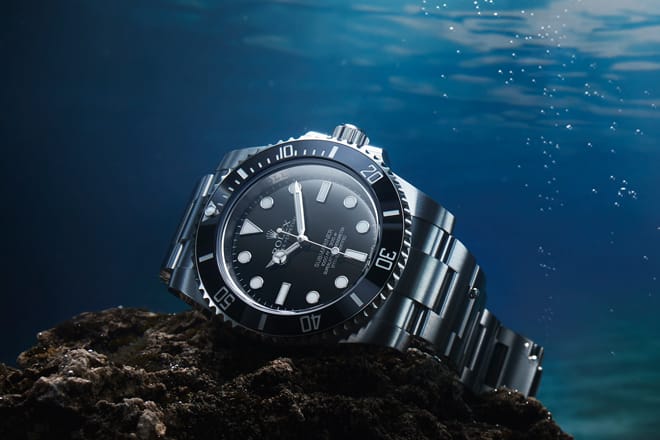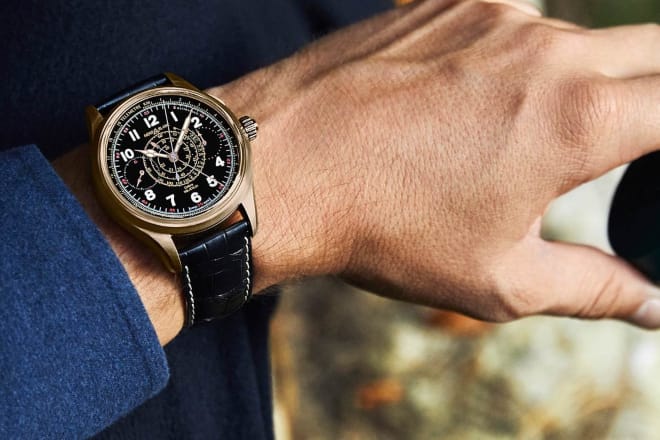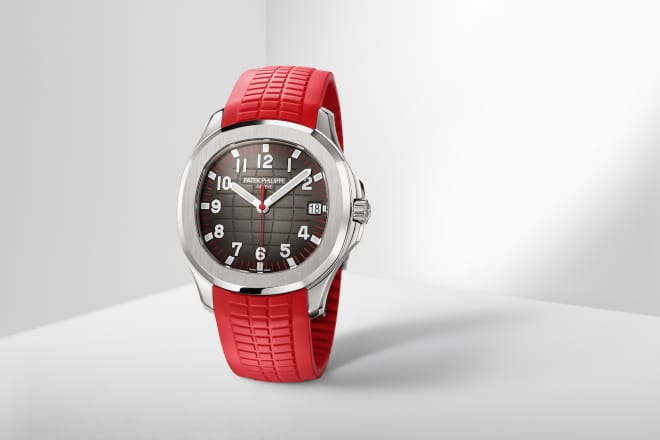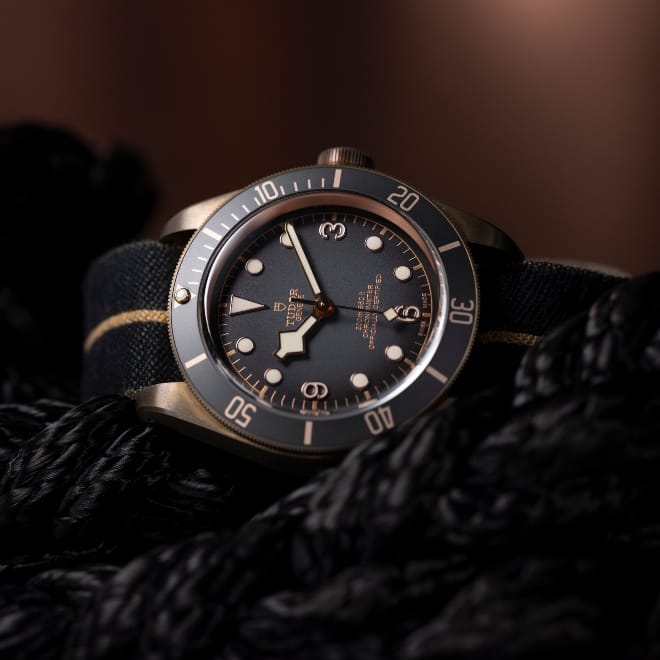
The attachment one has with a watch can be forged in several ways with one being worn as a constant companion through great adventures or difficult moments. That said, the choice of strap is important as it is the tool that keeps the watch on your wrist, hence picking the right choice could make or break your decision to relegate the watch to the dresser. Here’s a quick low-down of the four most common straps.
Pictured above: Steel bracelets
Steel bracelets are some of the obvious choices when on the lookout for watches as it offers a handsome and classic look on watches. Looks apart, steel bracelets are extremely durable especially ones with solid links. On the wrist, it feels sturdy offering a sense of security when fastened down. The hypoallergenic nature of steel makes it an ideal candidate for wearers sensitive to the likes of latex or leather fibres.
The Oyster bracelet by Rolex introduced in the late 1930s has been a mainstay in the Swiss manufacturer since it was developed. Characterised by three solid links, the bracelets are crafted from Oystersteel and offer a perfect balance of elegance, function and reliability.
—
Leather straps

Perhaps the vanilla flavouring of all watch straps, leather straps are the most common found on watches made with different sources of leather as well as coming in different quality grades. Calf continues to be the standard material of choice due to its ready availability but exotic and luxurious materials such as crocodile, alligator or ostrich are alternatives too. The beauty of leather straps? It gets better as it ages — the straps start out stiff but become increasingly soft, pliable and comfortable with prolonged wear, conforming to your wrist shape and developing a unique patina.
Apart from crafting leather goods, the Montblanc Pelletteria supplies straps to be paired with Montblanc’s watches. Housed in Scandicci along the outskirts of Florence, Italy, the Tuscan leather maison crafts leather straps such as Sfumato or crocodile with the hallmarks of Italian craftsmanship and timeless design.
—
Rubber straps

Dull and boring might be some factors when come to mind when one thinks about rubber straps but we would like to think of it as fuss-free. A material that generally does not require lots of care, rubber straps weather the elements beautifully, it is water resistant and dries almost instantly. Special formulations have been developed over the years to address the shortcomings of rubber straps while moulds allows shapes and patterns to be incorporated.
Patek Philippe’s “Tropical” strap is an example as seen on the sporty Aquanaut — a special composite material ultra-resistant to wear, salt water and UV radiation. The patterns on the straps mimic the tapisserie dial.
—
NATO Straps

NATO straps have become increasingly popular in recent times thanks to the myriad of colours available and the unrivalled comfort it has on the wrist. Made from nylon, NATO straps are incredibly soft; slipping one on or off is a breeze as result. The straps were originally made for military use but it has since graced the wrists of people from all walks of life. It still retains its functional and utilitarian nature — weatherproof and prevents your watch from falling off if one of the springbar broke. If you were afraid of roughing out a steel bracelet or leather strap for fear it is damaged, NATO straps will do the trick as it is easy on the wallet as well.
The NATO straps as seen on Tudor timepieces are specially made by Julien Faure, a French company founded in 1864, Saint-Just-Saint-Rambert, France. The straps are manufactured the old-fashioned way — on antique shuttle looms by the same folks who made liturgical vestments for the Vatican. Instead of printing colours onto the straps, they are woven together with the aid of computers ensuring the patterns are implemented correctly, even on the camouflage straps.





